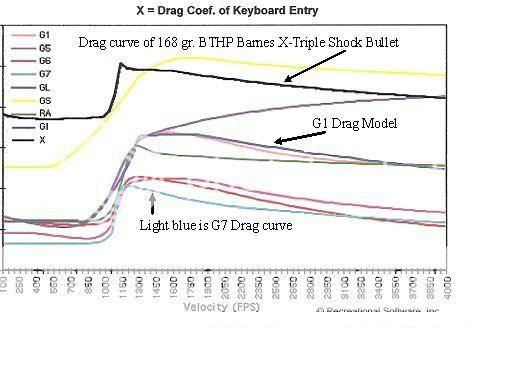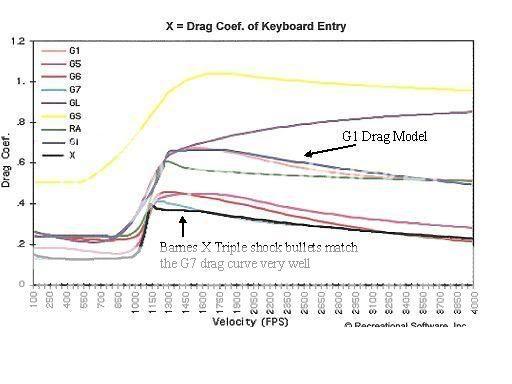velocity equilizations
Yes, a bullet that is faster at launch will be faster downrange
Yes, a bullet at a higher speed will decelerate faster.
Both are true. These are not mutually exclusive facts. Examine the facts.
A bullet lauched at 3500 FPS with a given BC will lose 100 FPS in a given distance.
That same bullet lauched at 3200 FPS will lose 100 FPS over a longer distance.
However, when the first bullet decelerates to 3200, it will behave exactly as the second bullet did from the muzzle, losing its next 100 fps over the same distance the second bullet lost its first 100 fps.
What we have is called the law of decreasing returns. As muzzle velocity increase, velocity at range increases, but at smaller and smaller amounts. Not until the speed of light in a vacuum is reachd do we see no returns. Basically, the return on increased muzzle velocity does decrease the more velocity you pile on, but that return will only approach zero. You will always get an increased velocity at range (as it is impossible to launch a solid in an atmosphere at the speed of light in a vacuum) but those increases in velocity at range will be smaller. At some point (we havn't even begun to approach that point BTW) the increases will become purely academic and ballistically unimportant.
say, for example, at a given range the bullet launched at 3000 fps is now going an even 2000 fps.
increase velocity to 3500 fps, at the same range that bullet will now be going 2400 fps. Noticeably faster, but not the full 500 FPS faster. Increase muzzle velocity again, to a hyper 4000 fps. At our given range, velocity is now 2700 fps. Still noticeably faster, but the increase is less still. following this pattern (dependant on BC) 4500FPS gives us 2900 at range. 5000 FPS gives us 3000 FPS at range, 5500 would give us, say, 3075, then 6000 would give us 3125, and so on and so forth. Never will we see a point where increase muzzle velocity means no increase in at range velocity, but at some point the 1 or 2 fps gained will be ballistically negligible. This example isn't exact, but it displays the principal in a succinct fasion.
I love calculus and physics!


